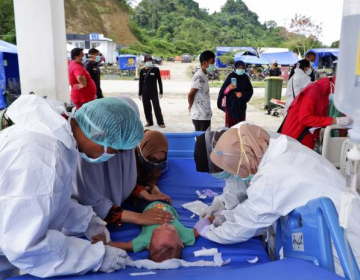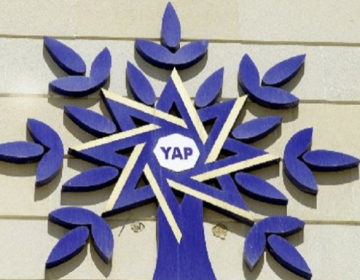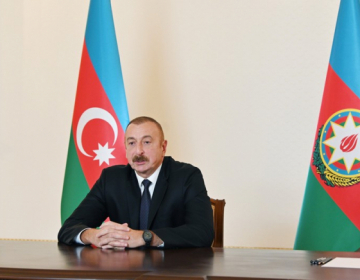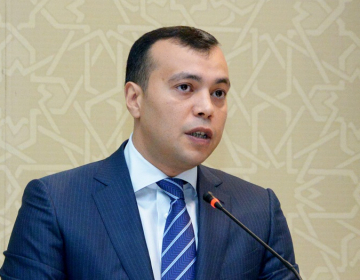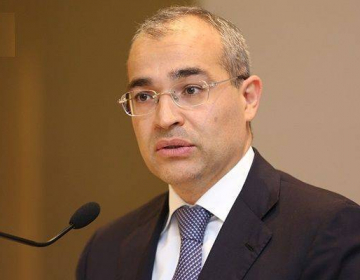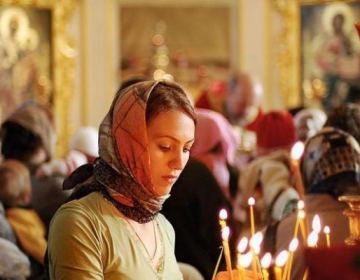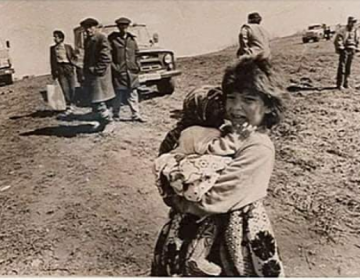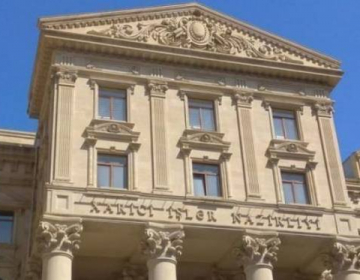Opinion by Editorial Board
Washingtonpost
VLADIMIR PUTIN is frequently portrayed as one of the architects of a 21st-century model of autocracy that is gaining strength globally, even as democracy stumbles in the United States and elsewhere. Events in Russia on Saturday belied that narrative. Tens of thousands of people in more than 100 cities defied freezing temperatures and riot police to join raucous protests against the Putin regime. While the Russian dictator isn’t likely to be toppled soon, the unrest revealed the rotten foundations of his rule — and the opportunity that offers to democratic adversaries.
Mr. Putin’s weakness was revealed thanks to the ingenuity and stunning courage of Alexei Navalny, who survived a poisoning attack by Mr. Putin’s agents in August and then returned to the country just over a week ago to take on his nemesis frontally. As expected, the 44-year-old activist was swiftly arrested. But Mr. Putin surely did not anticipate what came next: Mr. Navalny’s call for demonstrations, coupled with his release of an extraordinary, 112-minute video documenting Mr. Putin’s corruption, including the Versailles-scale palace he has secretly constructed on the shores of the Black Sea. By Monday, the video had accumulated more than 89 million views on YouTube — and thousands of Russians who had never before protested against Mr. Putin had taken to the streets.
Russian observers pointed out that many of those who showed up in Moscow, where the Reuters news agency estimated the crowd at 40,000, were not the educated liberals who in the past have protested Mr. Putin’s stolen elections and constitutional revisions. Many were young workers; some clashed with police. Their aim was not to demand fair elections but to oust Mr. Putin, whose rating in polls has plummeted following years of economic stagnation and a poor response to the covid-19 epidemic. Their loyalty is to Mr. Navalny, who has made the elite’s corruption his overriding cause.
Mr. Putin tried to portray Mr. Navalny as inconsequential, banning him from elections and refusing to utter his name. Then he tried to have him killed, dispatching agents of the FSB spy agency to poison him with a banned chemical weapon. But on Monday, Mr. Putin was on the defensive, forced to publicly deny that the Black Sea palace belongs to him or his relatives — “Never!” he insisted. Meanwhile, state television abruptly turned its attention to Mr. Navalny, predictably claiming he was a tool of Western interests.
In fact, Mr. Navalny is hardly pro-Western, but he is seeking to bring about democratic change in Russia. In 2019, he skillfully organized opposition candidates in local elections. He offers Western governments the opportunity to get behind an authentic, homegrown and increasingly potent resistance to Mr. Putin’s autocracy. To its credit, the Biden administration and European Union have spoken out clearly: The State Department called Sunday for Mr. Navalny’s “immediate and unconditional release.”
The statement should be accompanied by actions. All those in the Putin regime who bear responsibility for the imprisonment of Mr. Navalny or the repression of protests should be sanctioned. Financial authorities in the United States, Britain and elsewhere should identify and, if possible, freeze looted Russian assets stashed in Western banks and real estate. At stake is not just Mr. Navalny’s movement, but the need for democracy to prevail in what has become a fateful new contest with autocracy.
pia.az























